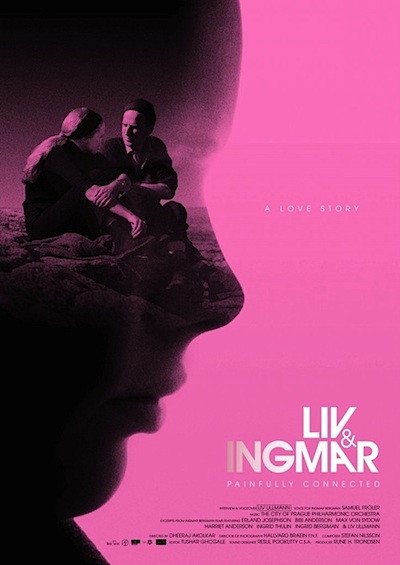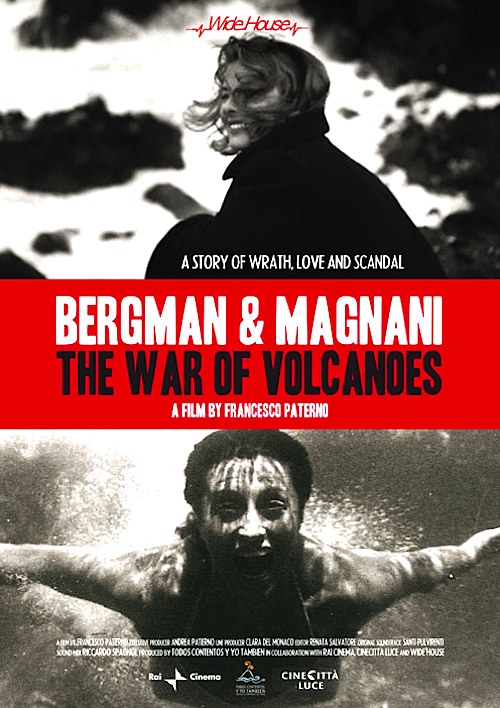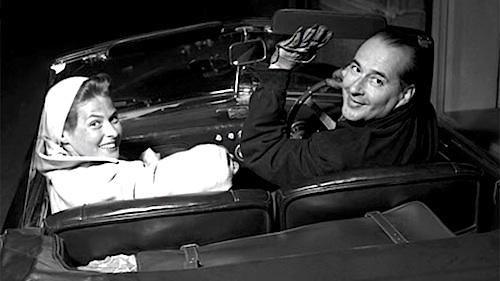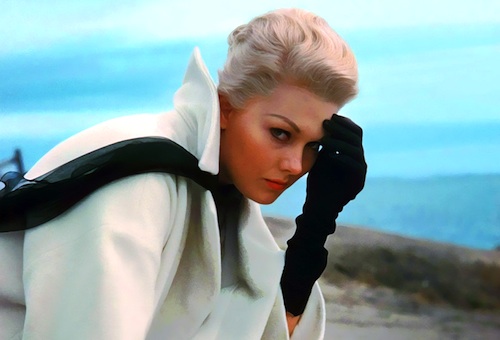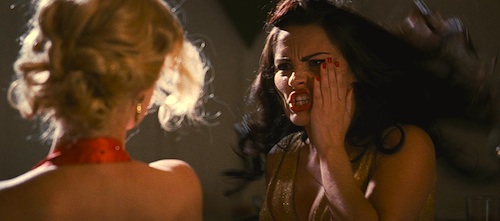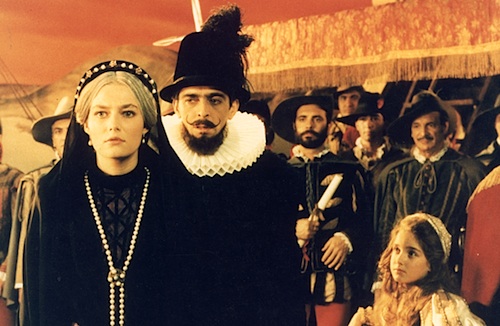
By Joe Bendel. It is the late Sixteenth Century or perhaps the early Seventeenth. For Spain, America represents the land of opportunity, while North Africa remains a very real danger. French playwright Paul Claudel might have taken a few liberties with his historical timeline, but that is almost to be expected of an epic spanning three continents and bridging Heaven and Earth. Adapting Claudel’s Satin Slipper is a daunting proposition, but Portuguese centenarian auteur Manoel de Oliveira took up the challenge at the youthful age of 77. Originally a selection of the 1985 New York Film Festival (in a drastically edited form), Oliveira’s full 410 minute Slipper makes a return appearance tomorrow as part of the Masterworks section of the 50th New York Film Festival, now officially underway.
The Old World has discovered the New World and Spain rules the seas. However, her grip might be loosening somewhat. For Don Pelagio, it is a dubious honor to have the King’s confidence at such a time. He is being dispatched to shore up Spain’s African holdings at a time when his marriage is being sorely tested. The much younger Doña Prouheze has attracted the unwelcomed attention of Don Camillo as well as the reciprocated affection of Don Rodrigo.
Due to the political maneuvering of the King and her husband, Prouheze reluctantly accepts command of the Spanish outpost at Mogador, forcing her into the clutches of Camillo and forever separating her from Rodrigo. However, she eventually entrusts her daughter to the thwarted lover who could never have conceived her, yet to whom she bears an eerie resemblance.
Slipper is talky, rangy, and top heavy with exposition. It is also a masterpiece of world drama, but an absolute beast to stage. While full productions generally clock in around the seven hour mark, the Dominican Black Friars Repertory mounted a svelte but worthy three hour abridged Slipper as part of their Claudel Project in early 2010. Oliveira deliberately emphasizes the dramatic source material, using an apparent proscenium stage production as a framing device and using highly stylized theatrical sets throughout the film.
This is a strategy that becomes considerably more efficacious as the film progresses. In fact, the scenes involving the celestial angels are far better served by his contra-realist visuals than they could have been rendered with mid 1980’s special effects. Unfortunately, Oliveira’s transition away from the ostensive stage undercuts the powerful opening, in which a Jesuit Father lashed to the mast of sinking ship prays directly to God for the redemption of his impetuous younger brother, Don Rodrigo. It is a rather profound scene that essentially encapsulates the themes of redemption and sacrifice Claudel will explore in the hours to come, in mere minutes.
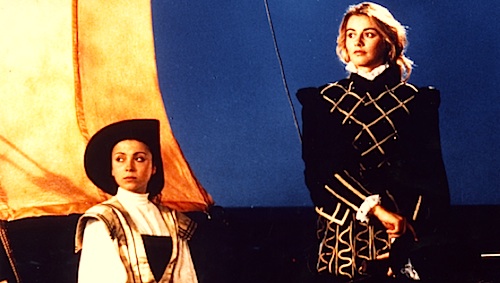
Despite its lack of verisimilitude and Oliveira’s occasional postmodern flourishes, his cast connects with the deep yearning of Claudel’s characters. Luís Miguel Cintra conveys both Rodrigo’s recklessness dash and his severe brooding quite well. As Prouheze, Patricia Barzyk (Miss France 1980) has to be one of the fiercest tragic screen heroines ever. Probably the most recognizable face in Oliveira’s Slipper is French actress Anne Consigny, who also has some fine moments with Cintra, serving as her adoptive father’s conscience.
Most viewers will need time to acclimate to Slipper’s look and language, just as the ensemble visibly seems to get their sea legs as the film picks up steam. While periodic scenes of Shakespearean bumpkins offering their rustic commentary could have been excised without causing any grievous bodily harm, the totality of Oliveira’s production is undeniably impressive.
NYFF deserves all kinds of credit for programming Satin Slipper. At a whisker under seven hours, it presents certain scheduling challenges (note: there will be a half hour intermission). Yet it dovetails rather nicely with other selections at this year’s fest. Oliveira admirers can also watch the master at work helming The Strange Case of Angelica in Luis Miñarro’s documentary short 101 (Oliveira’s age at the time), which proceeds Francesco Patierno’s War of the Volcanoes tonight (9/29) and this coming Wednesday (10/3).
Although it is predominantly about Spanish characters, written by a French playwright, Slipper also incorporates a fair bit of Portuguese historical geopolitics, making it an interesting companion film to see in dialogue with Valeria Sarmiento’s Lines of Wellington (originally developed by the late Raul Ruiz), screening October 9th and 10th. Regardless, Oliveira’s Slipper is an ambitious attraction in its own right—one festival patrons will not have many other opportunities to see on the big screen in all its seven hour glory. Recommended for the literate and adventurous, Satin Slipper screens this Sunday afternoon (9/30) at the Walter Reade Theater.
LFM GRADE: A-
Posted on September 29th, 2012 at 2:36pm.

